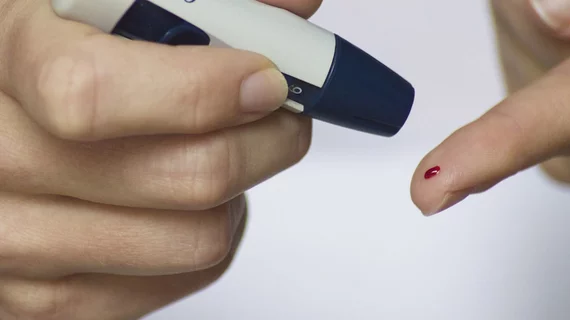Both diabetes and prediabetes accelerate brain aging, MRI analysis shows
Both diabetes and prediabetes contribute to accelerated brain aging, even in people without neurodegenerative conditions like dementia, a new analysis suggests.
According to the study, the less control a person has over their diabetes, the greater the difference between chronological age and their estimated brain age based on MRI markers. Some patients’ chronological and estimated brain ages can differ by four or more years, experts involved in the study noted.
“Having an older-appearing brain for one’s chronological age can indicate deviation from the normal aging process and may constitute an early warning sign for dementia,” lead author Abigail Dove, a PhD student at the Department of Neurobiology, Care Sciences and Society, Karolinska Institute, and colleagues explained. “On the positive side, it seems that people with diabetes may be able to influence their brain health through healthy living.”
The study included more than 30,000 people in the U.K. Biobank. Each had undergone two brain MRI exams, which were compared alongside a slew of other factors, such as lifestyle, diet, medication use and lab work. A machine learning model was used to estimate brain age based on these factors and the patients’ imaging.
At baseline, just over 43% had prediabetes, while another 4% had diabetes. Both diagnoses were significantly associated with larger brain age gaps, which grew over time in the patients who did not have good control of their blood sugar. However, a healthy lifestyle (based on self-reported diet and exercise habits) helped to temper the brain aging acceleration.
Given the associations between diabetes and increased risk of dementia, the authors suggested that research on the subject of brain aging and diabetes should continue into the future.
“There’s a high and growing prevalence of type 2 diabetes in the population,” Dove said. “We hope that our research will help prevent cognitive impairment and dementia in people with diabetes and prediabetes.”
The study's findings were published in Diabetes Care.

